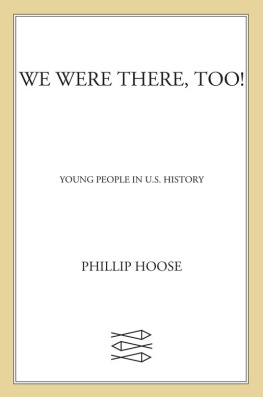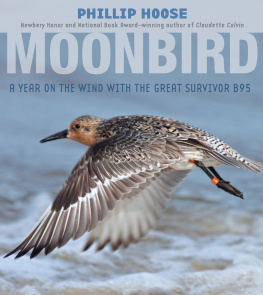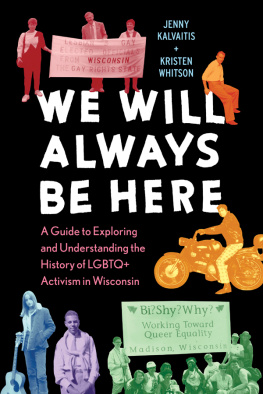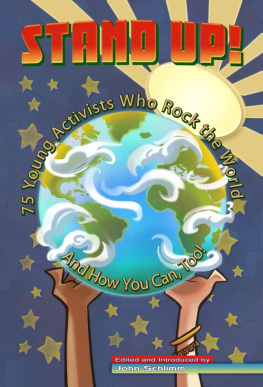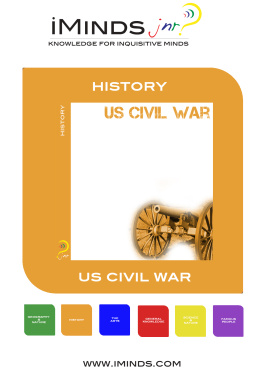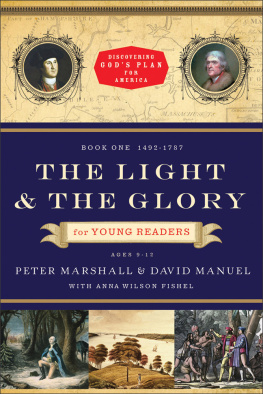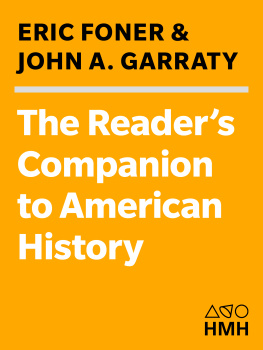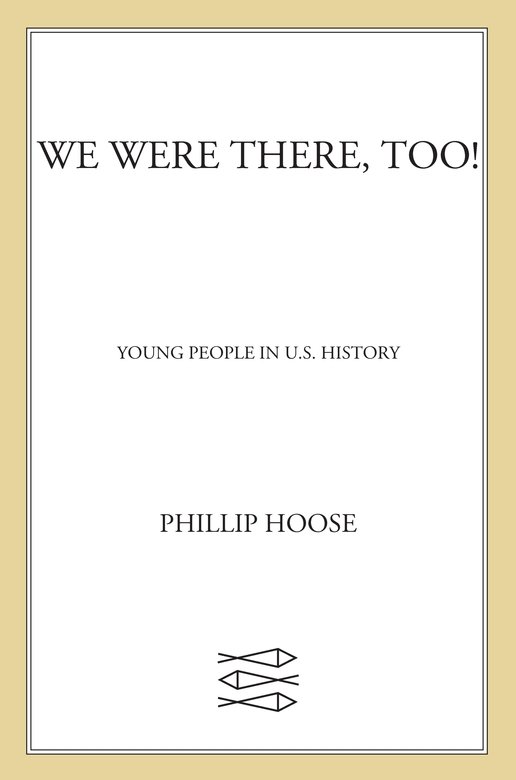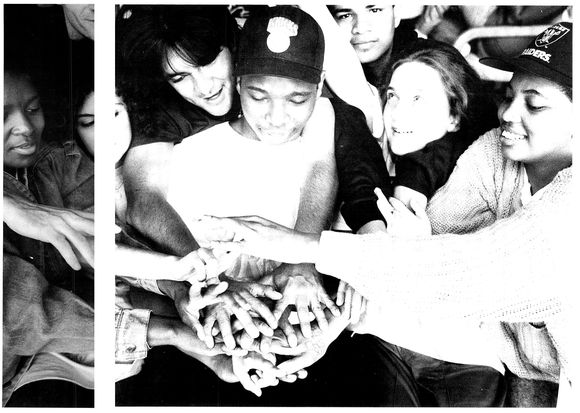I want to thank the many people who helped me research, illustrate, and edit this book.
These historians, librarians, archivists, journalists, documentary filmmakers, and educators suggested subjects and helped me find material: John Noble Wilford, Carla Rahn Phillips, William Keegan, Laura Guadazmo, Jim Baker, Alfred F. Young, Ursula Lamb, Anne Kaplan, Howard Zinn, Wayne Coleman, Johnathan Stayer, Albert Nofi, Alfred Padula, Joel Rubin, Richard Strassberg, Ray Routhier, Cathy Nelson, Rutherford Withus, Steve Zeitlin, Amanda Dargan, William Ferris, Hal Cannon, Patricia Roy, Duncan Todd, Beth Miller, Charles Blockson, Catherine Gurry, Kim Harris, Reggie Harris, Bev Grant, Sally Rogers, Dick McDonough, Steve Grossman, Dan Simberloff, David Wilcove, Stephanie Philbrook, Peter Gribben, Susan Campbell Bertoletti, Fred Gray, Mike Ringring, Steve Thornton, Jeff Yip, Michael Finley, Michael Uys, and Georgia Barnhill.
Huge thanks to Cassandra Fitzherbert and her staff at the University of Southern Maine Interlibrary Loan Department for helping me order materials from around the world. Thanks and admiration to master sleuth Paul DAlessandro of the Portland, Maine, Public Library. He finds material hidden to all other eyes.
Thanks to Shoshana Hoose, Hannah Hoose, Cheryl Nolan, Tina Groeger, Lena Groeger, The Bookies of the Cambridge, Massachusetts, Public Library, Chuck Wills, Elaine Chubb, and Howard Zinn for reading the manuscript.
For letting me interview them, thanks to Carolyn McKinstry, Judi Warren, Phoebe DeHart, Arn Chorn, Colin Pringle, Jessica Govea, Joe Nuxhall, Anna Meyer, Nona Peagler, John Tinker, Kory Johnson, Senator Gaylord Nelson, Harley Doc Holladay, and Mary Fister.
Thanks to Alfred Padula and Ricardo Cabezas for translating material from Spanish to English.
Grateful thanks to my wonderful editor, Melanie Kroupa, for five years of creative partnership on this project. Thanks, too, to her history-loving assistant Sharon McBride. Thanks to the countless people who work at historical societies, museums, and archives for helping us find images to illustrate the book, and to Marty Levick, Melanie Kroupa, and Sharon McBride for painstaking and productive image research.
Above all, thanks to Shoshana, Hannah, and Ruby Hoose, for helping and supporting me in so many ways. I hope I didnt miss too much while I was writing.
M ost mornings fifteen-year-old Mary Fister, coffee cup steaming on the desk before her, has logged on to her familys personal computer by 7 A.M. Typically, she is greeted by at least twenty e-mail messages from around the world. Usually they arrive from the east overnight and from this hemisphere in the afternoon, she says. As an active member of Nation One, a global network of young people working for social justice, Mary plans events and organizes activities with colleagues in Madagascar, Mexico, Australia, Greece, Canada, and the United States. Often there are several messages from Dakar, Senegal, where Mary is raising funds for a computer lab in a school with fifteen hundred students. Itll be available to the whole community, she says. Its a way to help people in one specific place gain access to the Internet and all it has to offer.
Like the boys who sailed with Columbus, Mary is part of a voyage that is shrinking the world by connecting strangers from distant places. As long as theyre on-line, she says, there is no one in the world we cant talk to, and very little we cant find or learn.
Indeed, young Americans have much to celebrate at the beginning of the twenty-first century. Most have adequate shelter and enough food. With such deadly childhood diseases as polio, tuberculosis, and measles controlled by vaccines, Americans now live nearly thirty years longer than they did in 1900. Laws prohibit child labor. Education is now a right, for both boys and girls. Slavery and racial segregation are forbidden by law. Girls have more opportunities than ever. American society is becoming increasingly diverse, with immigrants from around the world bringing with them their foods, dances, songs, languages, and customs.
But uncertainties and challenges remain. Children are growing up in smaller families, often living with one parent, often removed from the wisdom of elders. A large gap remains between rich and poor. Civil rights laws have not eliminated intolerance. Weve only begun to understand how human activities affect the environment. And, looking ahead, some wonder: Will we be able to control technology or will it come to control us?
But the future has never been clear. Whats wrong with uncertainty? Mary Fister asks. If everything were predictable, this would be a boring place. Linked to young activists around the world, she feels hopeful about the future. All in all, she says, especially if youre above the poverty line, this is a very good time to be young.
T hese are some of the materials I read to research this book. Those marked with asterisks were written especially for young readers. I wish to thank those who kindly gave permission to use previously published material.
SURVEYS OF UNITED STATES HISTORY
Bremmer, Robert H., ed. Children and Youth in America: A Documentary History. Cambridge, Massachusetts: Harvard University Press, 1971. A series mostly about health and social programs for children from colonial times on.
Colbert, David. Eyewitness to America. New York: Pantheon, 1997.
*Hakim, Joy. A History of Us. New York: Oxford University Press, 199397. A ten-volume series about U.S. history, written for young readers.
Takaki, Ronald. A Different Mirror: A History of Multicultural America. Boston: Little, Brown, 1993.
Zinn, Howard. A Peoples History of the United States. New York: HarperPerennial, 1990.
BOOKS AND ARTICLES
Part One. Tierra!: When Two Worlds Met
Fuson, Robert H. The Log of Christopher Columbus. Camden, Maine: International Marine Publishing Co., 1987. Columbuss actual words, translated from Spanish.
Keegan, William F. The People Who Discovered Columbus. Gainesville: University of Florida Press, 1992.
Morison, Samuel Eliot. Admiral of the Ocean Sea: A Life of Christopher Columbus. Two volumes. Boston: Little, Brown, 1942.
Part Two. Strangers in Paradise: The British Colonies
*Bulla, Clyde Robert. John Billington, Friend of Squanto. New York: Thomas Crowell, 1956.
Demos, John. The Unredeemed Captive. New York: Vintage, 1994.
*Fritz, Jean. The Double Life of Pocahontas. New York: G. P. Putnams Sons, 1983.
Mason, Julian D., Jr., ed. The Poems of Phillis Wheatley. Chapel Hill: University of North Carolina Press, 1989.
Pinckney, Eliza Lucas. The Letterbook of Eliza Lucas Pinckney, 173962. Chapel Hill: University of North Carolina Press, 1972.
Smith, Captain John. The Complete Works of Captain John Smith, 15801631. Edited by Philip L. Barboron. Chapel Hill: University of North Carolina Press, 1986.
*Tom Savage: A Story of Colonial Virginia. Filmstrip. Chicago: Britannica Books, 1962.
Vassa, Gustavas. The Interesting Narrative Life of Olaudah Equiano, or Gustavus Vassa the African, Written by Himself. First published in 1789. Many editions have been published since.
Part Three. Breaking Away: The American Revolution

